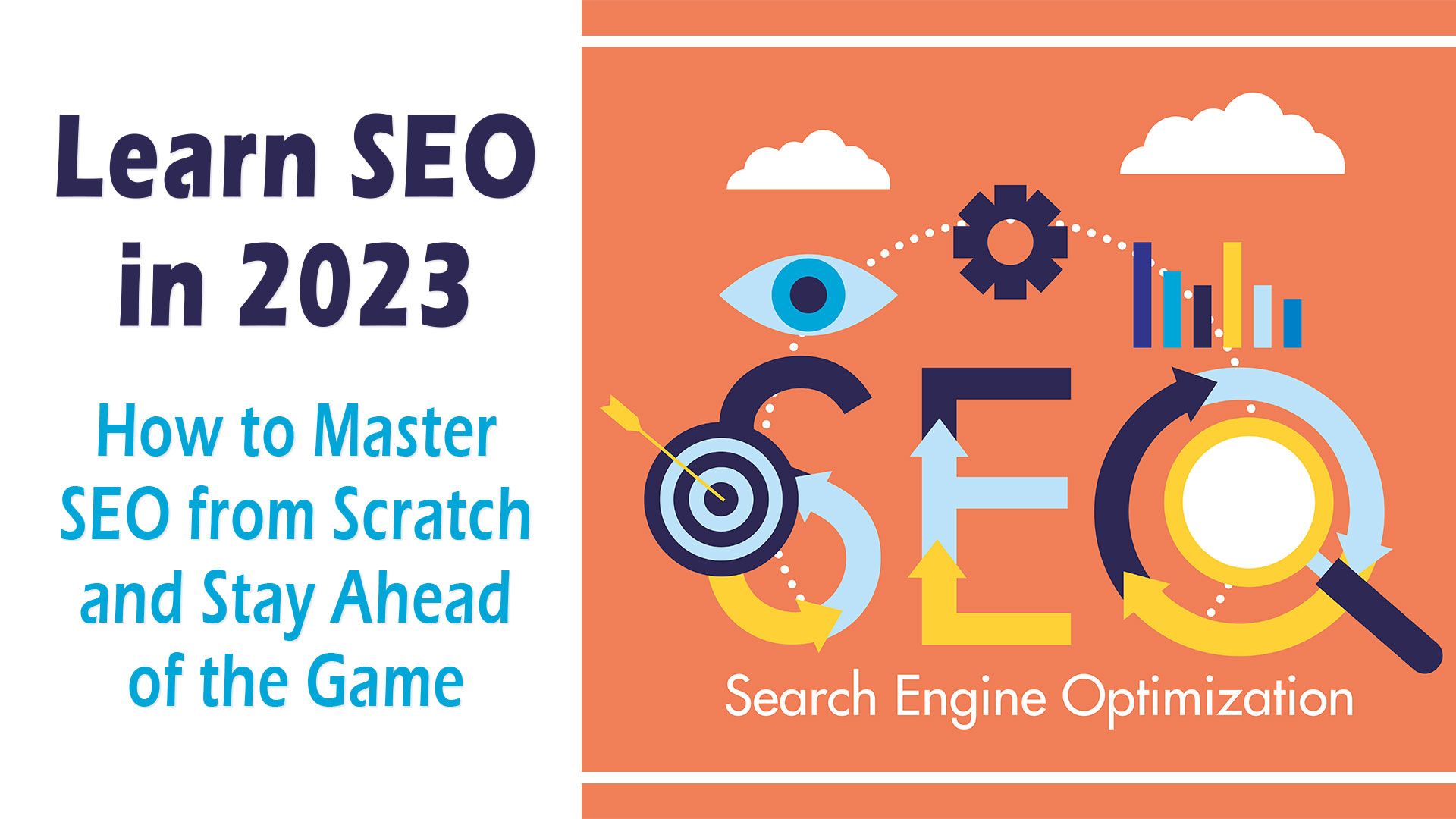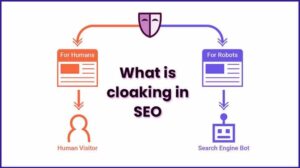What is Seo and How it Works: SEO stands for Search Engine Optimization. It refers to the practice of optimizing a website and its content to improve its visibility and ranking on search engine results pages (SERPs). The goal of SEO is to increase organic (non-paid) traffic to a website by making it more attractive to search engines.
Search engines like Google, Bing, and Yahoo use complex algorithms to determine the relevance and quality of websites and web pages. SEO (what is search engine optimization) involves various techniques and strategies to align with these algorithms and improve a website’s chances of ranking higher in search results.
What is Seo and How it Works | Rank #1 Page on Google
Here are some key aspects of SEO:
- On-Page SEO: This involves optimizing individual web pages to make them search engine-friendly. It includes factors such as keyword research, keyword placement, meta tags, headings, URL structure, image optimization, and internal linking.
- Off-Page SEO: This focuses on improving a website’s reputation and authority through external factors. Off-page SEO techniques include link building, social media marketing, online reputation management, influencer outreach, and guest blogging.
- Technical SEO: This aspect involves optimizing the technical elements of a website to ensure search engines can crawl, index, and understand its content. It includes factors such as website speed, mobile-friendliness, site architecture, XML sitemaps, robots.txt file, and structured data markup.
- Content Optimization: Creating high-quality, relevant, and engaging content is essential for SEO. Content optimization involves keyword research, creating unique and valuable content, optimizing headings and subheadings, using appropriate formatting, and incorporating multimedia elements.
- User Experience (UX): Search engines consider user experience as an important ranking factor. A website that provides a positive user experience is more likely to rank higher. UX factors include website design, navigation, mobile responsiveness, page load speed, and intuitive user interface.
- Local SEO: For businesses targeting a specific geographical location, local SEO is crucial. It involves optimizing the website and online presence to appear prominently in local search results. Local SEO includes optimizing Google My Business, managing online reviews, and local citation building.
SEO is an ongoing process, and the algorithms used by search engines are constantly evolving. Staying up to date with the latest SEO trends and best practices is essential to maintain and improve a website’s search visibility and organic traffic.

How to do seo 2023
Implementing SEO involves several steps and strategies. Here’s a simplified overview of how to do SEO:
- Keyword Research: Start by identifying relevant keywords and phrases that your target audience is likely to use when searching for products, services, or information related to your website. Use keyword research tools (such as Google Keyword Planner, SEMrush, or Moz Keyword Explorer) to find popular and relevant keywords with a good search volume and moderate competition.

-
On-Page Optimization:
-
- Title Tags: Optimize the title tag of each webpage by including the primary keyword and making it compelling and click-worthy.
- Meta Descriptions: Write unique and persuasive meta descriptions that summarize the content of each webpage and encourage users to click through.
- Headers and Content: Use headings (H1, H2, etc.) to structure your content and incorporate relevant keywords naturally within the headings and content.
- URL Structure: Ensure your URLs are descriptive, concise, and include target keywords where appropriate.
- Keyword Placement: Include target keywords strategically in the content, including the first paragraph, headings, and throughout the body. However, ensure it reads naturally and doesn’t appear spammy.
- Image Optimization: Optimize images by using descriptive filenames and alt tags that include relevant keywords.
- Internal Linking: Link relevant pages within your website to improve navigation and provide search engines with a clear understanding of your site structure.
-
Content Creation and Optimization:
- Create high-quality, original, and valuable content that aligns with user intent and addresses their search queries.
- Use relevant keywords naturally within your content, but avoid keyword stuffing.
- Incorporate multimedia elements such as images, videos, and infographics to enhance engagement.
- Make your content shareable on social media platforms by adding social sharing buttons.
- Regularly update and refresh your content to keep it current and relevant.

-
Off-Page Optimization:
- Link Building: Earn backlinks from reputable and relevant websites. This can be done through guest blogging, creating valuable content that others want to link to, and reaching out to influencers or industry experts for collaborations or mentions.
- Social Media Engagement: Build an active presence on social media platforms to increase brand visibility, drive traffic, and encourage social sharing.
- Online Directories and Citations: Submit your website to relevant online directories and ensure consistent NAP (Name, Address, Phone number) information across all listings.
-
Technical Optimization:
- Ensure your website is accessible to search engines by optimizing robots.txt file and XML sitemaps.
- Optimize website speed and performance by minimizing file sizes, leveraging caching, and using content delivery networks (CDNs).
- Make your website mobile-friendly to provide a seamless experience for mobile users.
- Implement structured data markup (such as Schema.org) to enhance search engine understanding of your content.
-
Monitor and Analyze:
- Set up Google Analytics and other web analytics tools to track your website’s performance, traffic sources, user behavior, and conversions.
- Monitor keyword rankings, organic traffic, and backlinks using SEO tools.
- Continuously analyze data and make adjustments to your SEO strategies based on insights gathered.
Remember, SEO is an ongoing process, and it takes time to see results. Keep up with the latest SEO trends and algorithm updates, and adapt your strategies accordingly. Regularly audit your website for issues and improvements, and stay focused on providing the best user experience and valuable content for your target audience.








